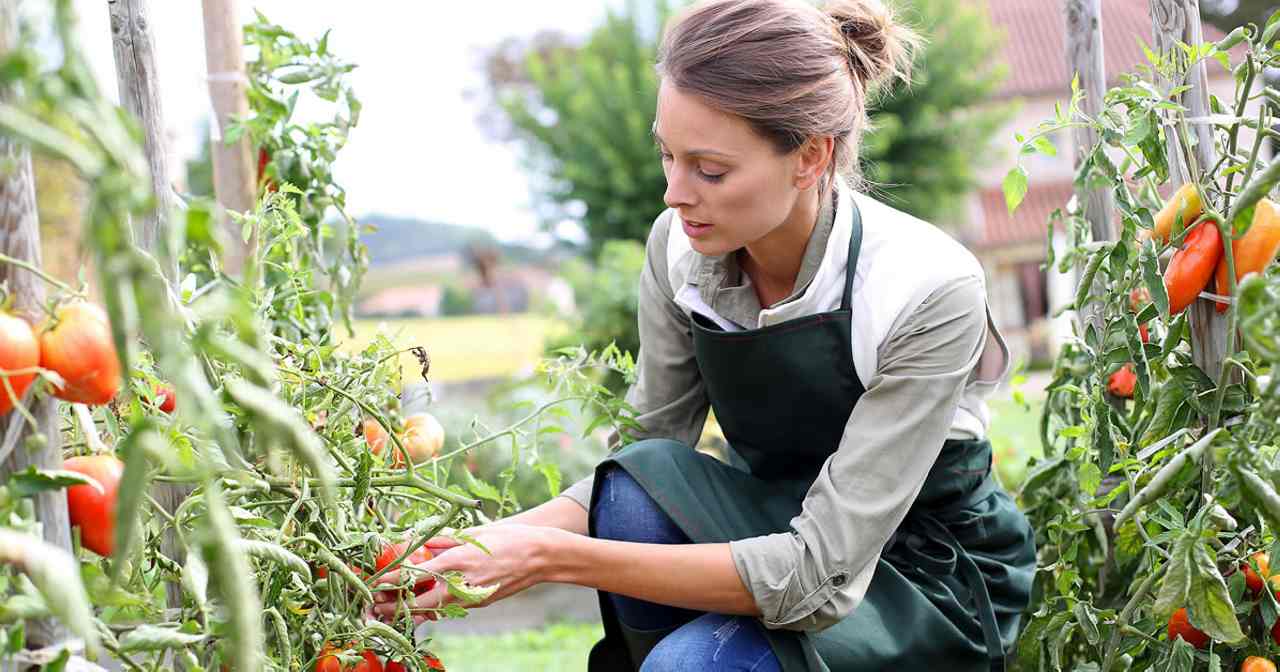
If you are a fan of using fresh herbs in your meal prep and cooking endeavours, then it doesn’t get much better than growing your own. Now is the perfect time of year to plan your own kitchen garden that will provide you with all the goodies you need to create the tastiest of dishes at home, all without having to worry about nasty pesticides or take yet another trip to the shops.
A luxury trend that is on the increase amongst affluent home-owners in pursuit of quality ingredients, there has been a spike in Google searches for the term in recent months, with people now prioritising health and wellness more than ever and looking for additional ways to take care of themselves and their families a little better.
Growing your own fruits, vegetables and herbs is a great way to become a little more self sufficient, reduce your carbon footprint and to ensure that you’re getting all of the nutrients possible from freshly picked ingredients – as opposed to those you find on supermarket shelves, which have often travelled long distances and have been sitting there for days ever since. Such is the burgeoning trend for kitchen gardens in 2021 that sales of vegetable seeds have now overtaken those of flowers – so if you’ve been sitting on the fence for a while now then there’s no better time to get started.
From traditional potagers to dedicated fruit and vegetable gardens, there are a variety of different ways to create yours, and best of all, it’s all totally doable in a way that is complementary to the aesthetics of your luxury home. We sat down with the experts at Poplar Nurseries to find out all you need to know about planning and planting the perfect kitchen garden. Read on to find out more, and get ready to enjoy healthy, home-grown crops of your own.
Perfect positioning
Before you get started with planning your kitchen garden, it’s important to work out the best positioning – this comes down to a little more than aesthetics, and where you think it might look the best in the grand scheme of your garden. To achieve the best results, you’ll need to choose an open area that gets plenty of sunlight throughout the day – ideally six to eight hours per day.
Morning sunlight is particularly beneficial, as fruits and vegetables require as much light as possible to bloom to their full potential – although certain crops, such as rhubarb, blackberries and raspberries, can tolerate a little more shade, so bear in mind what you are hoping to grow when deciding where to locate your kitchen garden. One thing that applies regardless of what you are growing is the importance of wind protection, so positioning your beds near a fence or wall is a wise approach.
Growing the greatest
If you’re wondering what to grow in your kitchen garden, then this is an easy question to answer. The perfect choices are the herbs, fruits and vegetables you enjoy eating the most, and those you cook with on a regular basis. Of course, it’s a little more complex than this alone, as certain plants require a particular kind of climate to thrive – so be sure to do your research first. Tropical fruits such as pineapples, for example, require a huge amount of space and warm, sunny weather in order to grow – so if you’re planting a kitchen garden in a small space in the UK, then it’s not a great choice.
If you have a long list of crops you’d like to grow, then look at the space you have to work with and consider the required growing conditions for each plant. This will help you to narrow down your options to a select few plants that will flourish. The good news is that you can vary your crop choices throughout the year. Growing seasonal produce will ensure that you get the best quality harvests at all times, with each fruit, vegetable and herb tasting its very best.
Saving space
When it comes to those crops you’ll be growing indoors – which is usually your herb garden – making use of unconventional and less obvious space will help you to optimise your set-up. Wall hangings and rails can look great when adorned with herbs and flowers, and can add to the luxe aesthetic of your home, too. And, with the trend for bringing the outdoors indoors continuing to grow momentum, it’s the perfect way to nail two trends in one, in addition to all of the other benefits.
Outside, raised beds and growing stations will provide additional space. Setting these up can require some know-how, and utilising quality materials from reputable suppliers is essential – but if executed correctly, they can elevate your kitchen garden (no pun intended!) and increase your annual crop yields no end.
From boosting the aesthetic appeal of your home to reducing your carbon footprint and becoming more self-sufficient – not to mention the tastier than ever meals – there are a plethora of reasons to create a kitchen garden this year. Get started now, and you’ll soon be reaping the benefits in more ways than one.











